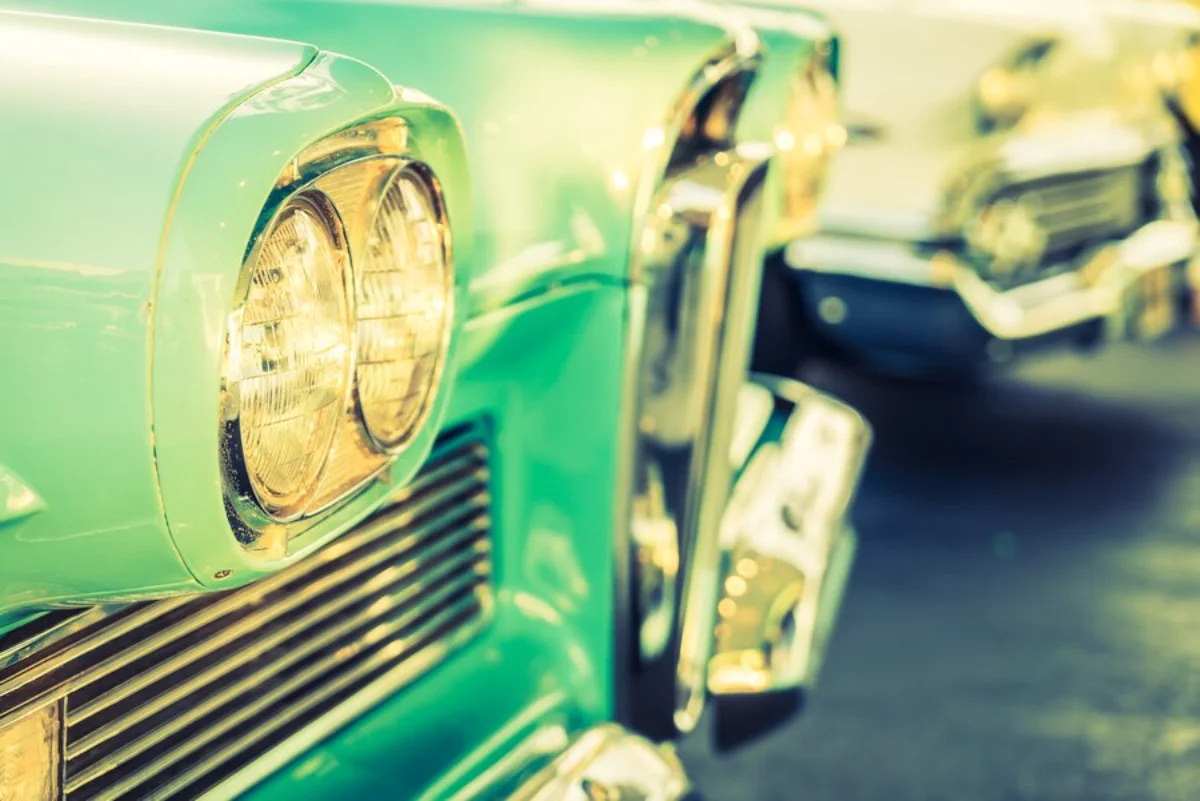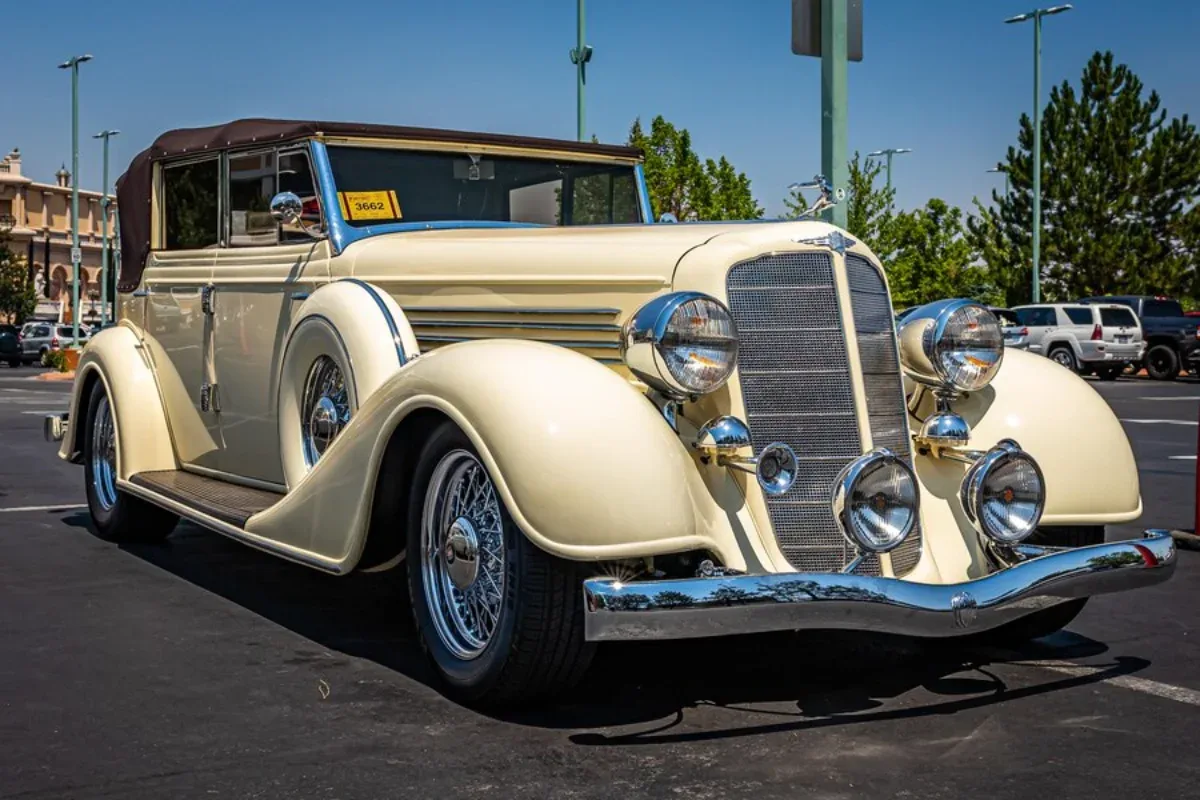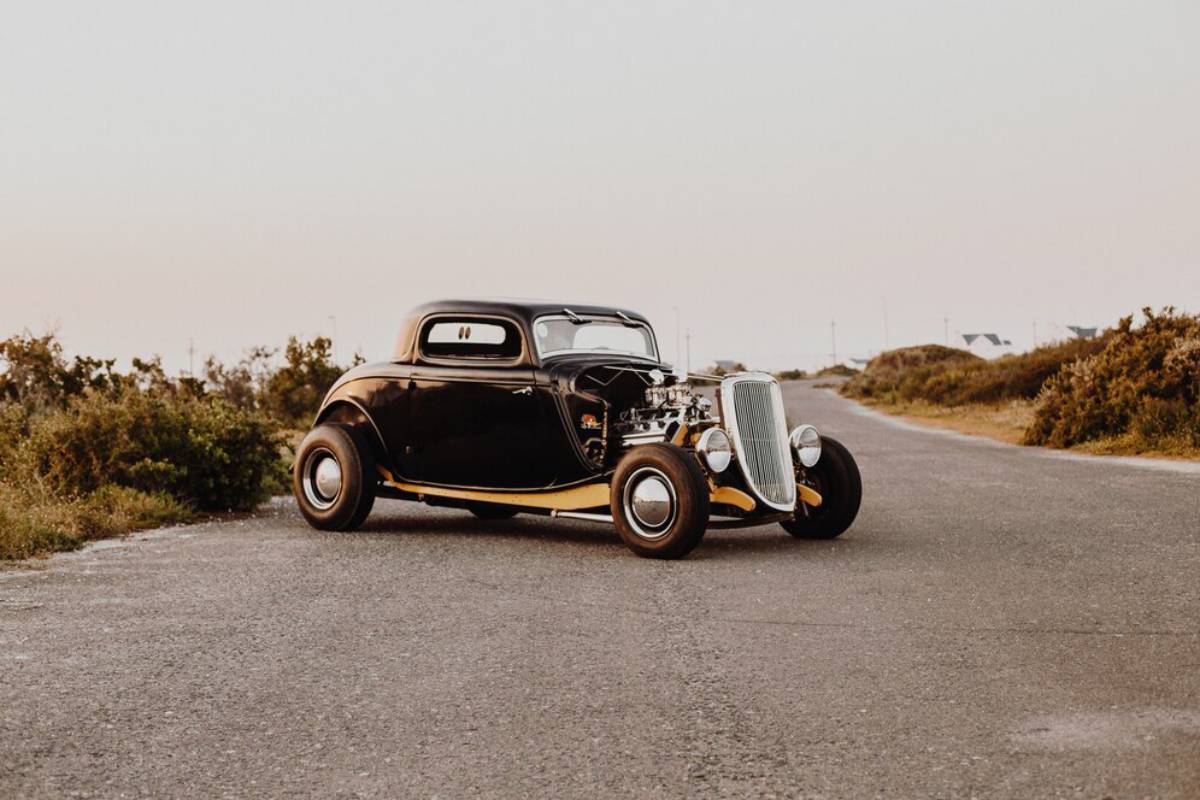
Legendary Muscle Cars That Became Cultural Icons
Few vehicles evoke raw power and the American spirit quite like the muscle car. These high-performance machines weren’t just about speed—they became symbols of freedom, rebellion, and style. From drag strips to movie screens, muscle cars helped define an era and left an enduring legacy in automotive and pop culture alike.
In this post, we’ll take a look at the most iconic muscle cars of all time, examine the roots of muscle car history, and explore why these classic performance cars continue to capture imaginations worldwide.
What Defines a Muscle Car?
At its core, a muscle car is a mid-size, two-door American car with a powerful V8 engine, designed for straight-line speed and street dominance. Though definitions vary, most enthusiasts agree on a few key traits:
- Rear-wheel drive
- Aggressive styling
- Affordable performance
- Built between the mid-1960s and early 1970s (the “golden era”)
Beyond the specs, muscle cars represented a cultural shift—offering accessible power to the everyday driver and setting the stage for high-speed competition.
The Birth of Muscle Car Culture
Origins in the 1950s–60s
The roots of muscle car history trace back to post-war America when manufacturers began fitting big-block engines into lighter frames. By the early 1960s, cars like the Pontiac GTO were pushing boundaries and defining what would become a muscle car blueprint.
These cars found eager fans in young drivers who craved speed, style, and individuality—fuelled by the rise of drag racing and car-centric movies.
1. Pontiac GTO (1964–1974)
Often credited as the first true muscle car, the GTO combined performance and flair in a package that sparked the muscle car revolution.
Why it’s legendary:
- 389 cu in V8 engine
- Sporty styling with hood scoops and chrome accents
- Defined the muscle car segment for a generation
The GTO wasn’t just fast—it was cool. Nicknamed “The Goat,” it became a staple of 1960s car culture and helped launch the golden age of classic performance cars.
2. Ford Mustang Boss 429 (1969–1970)
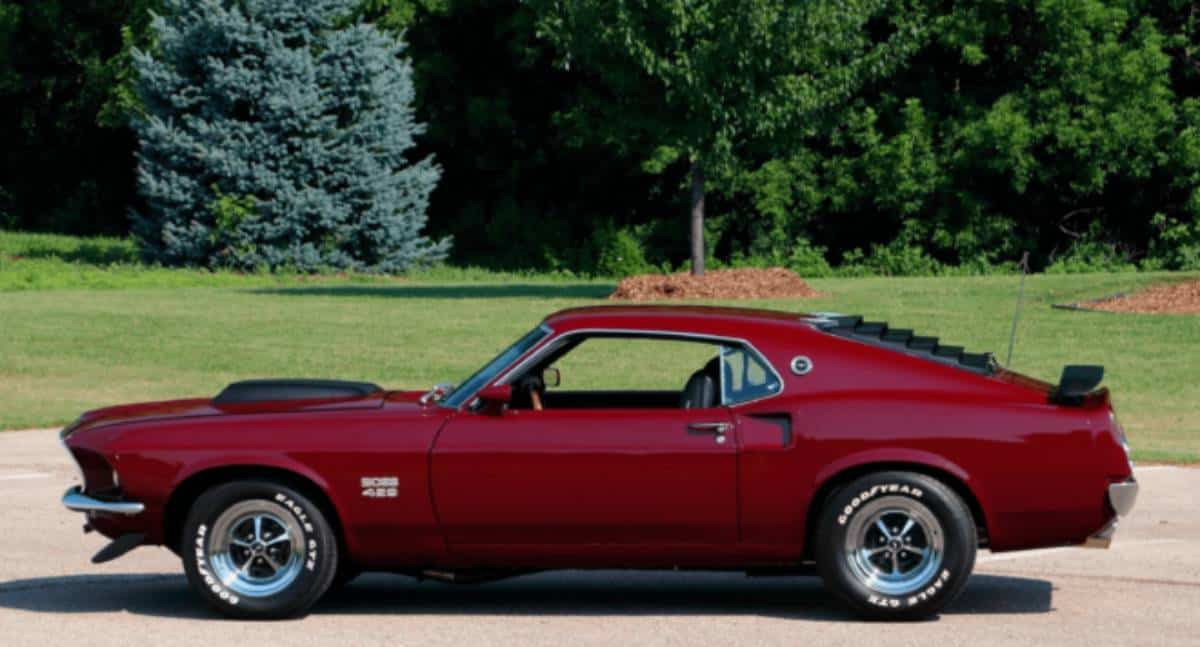
Though the Mustang debuted in 1964, it wasn’t until the Boss 429 that it fully embraced muscle car status.
Why it’s legendary:
- NASCAR-derived 429 cu in V8
- Extremely limited production (~1,358 units)
- Bold, aggressive bodywork and stance
Today, the Boss 429 remains one of the most desirable iconic muscle cars ever built, prized for its rarity and motorsport heritage.
3. Chevrolet Camaro Z/28 (1967–1969)
Born to compete with the Mustang, the first-gen Camaro delivered sharp handling and serious power.
Why it’s legendary:
- High-revving 302 cu in V8 for SCCA Trans-Am racing
- Sporty stripes and an aggressive stance
- Built for both street and track
The Z/28 cemented the Camaro’s place in muscle car history—a legacy that endures in today’s performance variants.
4. Dodge Charger R/T (1968–1970)
With its menacing grille and fastback styling, the Charger R/T epitomised muscle car attitude.
Why it’s legendary:
- 440 Magnum or optional 426 HEMI V8
- Featured in Bullitt and The Dukes of Hazzard
- Wide, muscular body with unmistakable road presence
Whether racing down the drag strip or leaping over police cars on screen, the Charger remains an icon of American horsepower.
5. Plymouth HEMI ’Cuda (1970–1971)
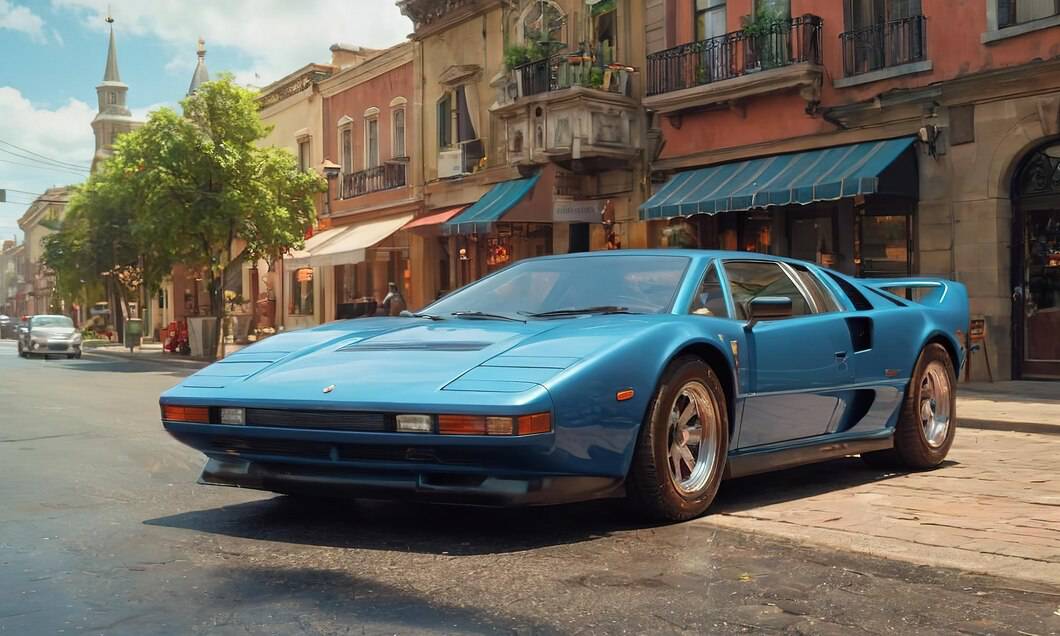
The Barracuda reached its peak form in 1970 with the HEMI version—produced in extremely low numbers and packing monstrous performance.
Why it’s legendary:
- 426 HEMI engine producing 425 hp
- Unique styling, shaker hood, and luxury touches
- Among the most valuable classic muscle cars at auction today
The ’Cuda’s blend of rarity, style, and performance makes it a crown jewel of collectable classic performance cars.
6. Chevrolet Chevelle SS 454 (1970)
This midsize powerhouse helped define the upper limits of factory-built muscle.
Why it’s legendary:
- 454 LS6 V8 producing 450 hp
- Quarter-mile times under 14 seconds
- Understated looks with serious bite
The Chevelle SS is still celebrated as one of the most well-rounded muscle cars ever built—equal parts brawler and cruiser.
7. AMC Javelin AMX (1971–1974)
AMC’s underdog entry into the muscle market offered unique styling and strong performance, especially in Trans-Am trim.
Why it’s legendary:
- 401 cu in V8 and race-bred handling
- Iconic racing liveries and factory flares
- Less mainstream but fiercely loved by collectors
The Javelin AMX proves that muscle car history extends beyond the Big Three, offering niche appeal and standout design.
Why These Cars Became Cultural Icons
Muscle cars became icons not just for their power but for what they represented: freedom, rebellion, and a uniquely American form of expression. These machines starred in films, dominated racetracks, and defined the aspirations of a generation.
Their presence in pop culture—from Fast & Furious to nostalgic TV ads—continues to cement their legendary status today.
Muscle Cars in Pop Culture
From songs and films to fashion and art, iconic muscle cars have transcended the garage and become part of American mythology.
Notable appearances include:
- Grease – The 1948 Ford De Luxe in “Greased Lightning”
- Death Proof – The 1970 Chevy Nova SS
- Transformers – Bumblebee as a 1977 Camaro
- Gone in 60 Seconds – “Eleanor,” the 1967 Shelby GT500
These appearances keep muscle cars relevant to younger audiences, reinforcing their place in both automotive culture and the broader cultural imagination.
Collectibility and Investment Potential
The growing demand for vintage muscle cars has turned them into serious collector’s items. Condition, originality, and documentation all play major roles in determining value.
Tips for buyers:
- Look for matching numbers (original engine, transmission, VIN)
- Beware of clones — make sure high-performance trims are authentic
- Original paint and interiors can significantly raise the value
- Limited editions and rare engines (like the 426 HEMI) are especially prized
As demand continues to grow, especially for well-preserved examples, muscle cars have become more than weekend cruisers — they’re classic performance cars with tangible investment potential.
Conclusion: Power, Presence, and a Place in History
The legacy of muscle car history is more than the sound of a revving V8 or the shine of polished chrome. These machines represent an era of American ambition, engineering prowess, and cultural swagger that still resonates today. From racetracks to film sets, garages to museums, these iconic muscle cars continue to shape how we think about speed, identity, and what it means to drive something truly special. For collectors, drivers, and fans alike, the enduring appeal of these classic performance cars is a reminder that some legends never fade — they just keep roaring.
